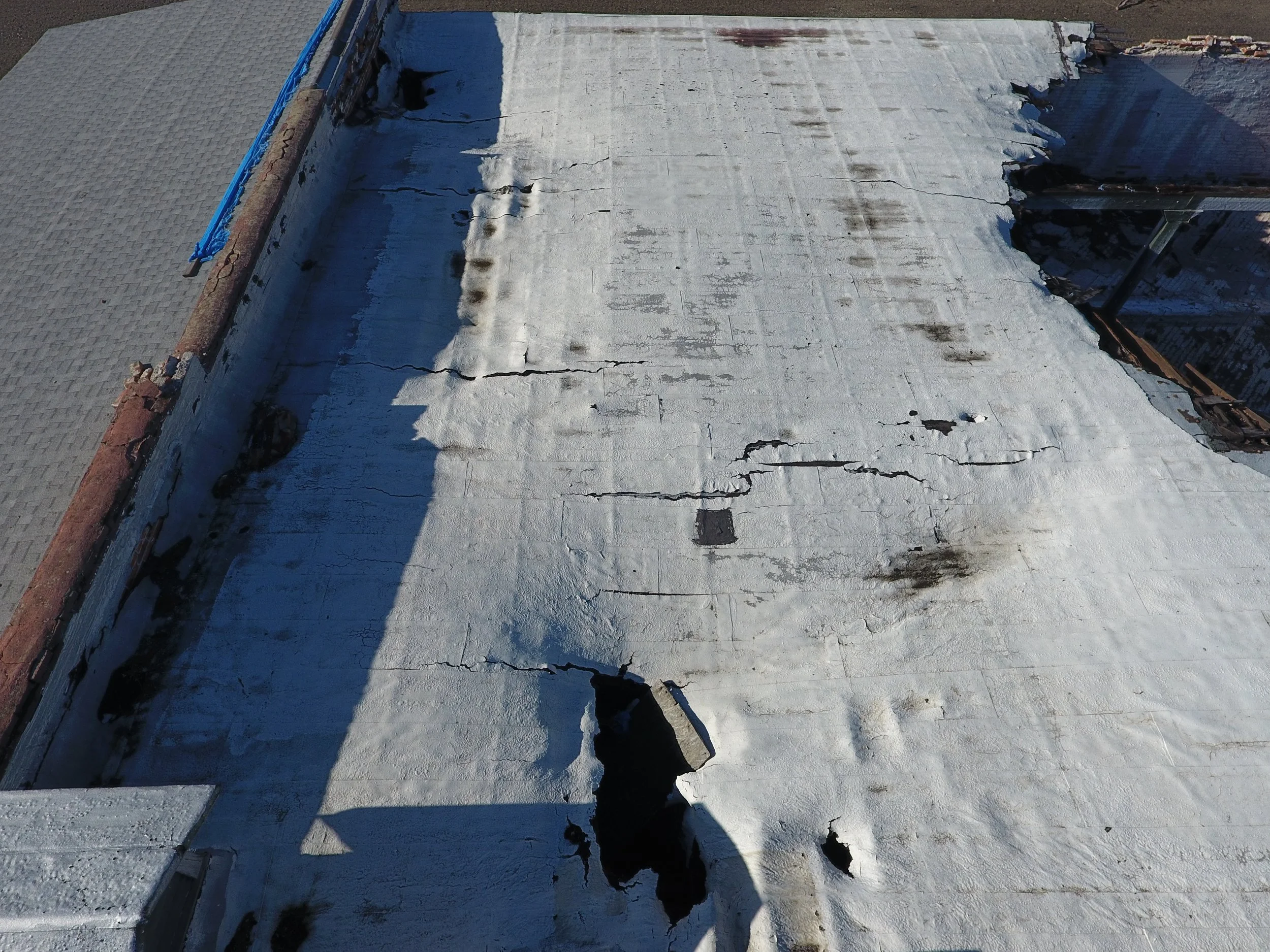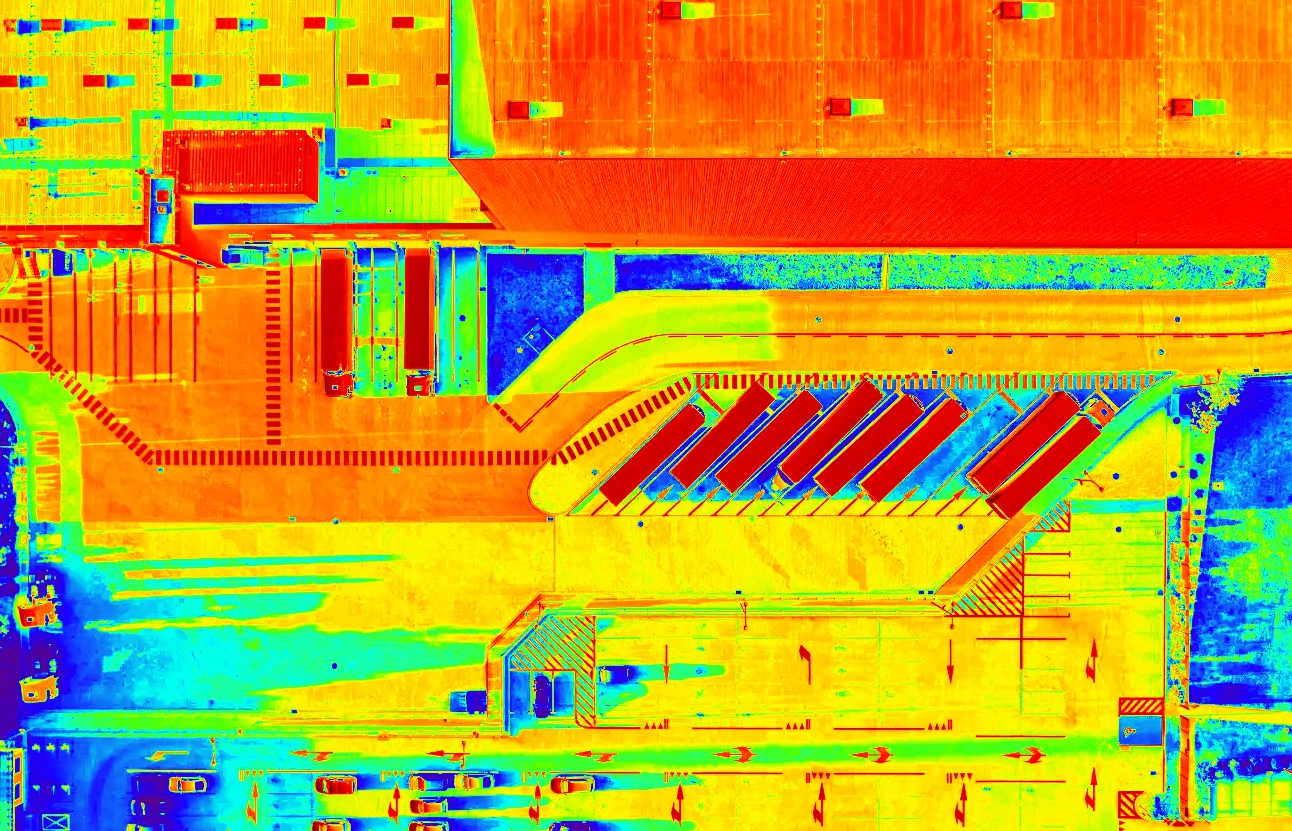Building Inspections
In recent years, the fusion of drones and interior scans has redefined building inspections, ushering in a new era of safety, efficiency, and precision in the construction and real estate industries. Drones, equipped with advanced sensors and imaging technology, offer a versatile solution for assessing building exteriors, while interior scans, conducted with specialized cameras or laser scanning technology, provide invaluable insights into interior structures and systems. These technologies are revolutionizing building inspections and have become essential tools for construction professionals and property managers alike.
Enhancing Safety and Accessibility
Drones excel at accessing hard-to-reach or hazardous areas safely, eliminating the need for manual inspections at height and reducing the risk of accidents for inspectors. Equipped with high-resolution cameras and sensors, drones capture detailed imagery of building exteriors, including roofs, facades, and structural elements, ensuring thorough assessments while keeping inspectors out of harm's way.
Improving Efficiency and Accuracy
Drones enable rapid and comprehensive inspections of buildings, significantly reducing the time and labor required for manual inspections. Equipped with high-resolution cameras and sensors, drones capture detailed imagery and data of building exteriors and interiors with unparalleled accuracy. This wealth of information allows inspectors to identify defects, damage, or deterioration early on, facilitating timely maintenance and repairs to prevent further deterioration and costly repairs down the line.
Damage and Maintenance Inspections
Cost-Effectiveness and Resource Optimization
By streamlining inspection processes and minimizing the need for manual labor, drones offer cost-effective solutions for building inspections. Compared to traditional methods that may require scaffolding or specialized equipment, drones require minimal resources to conduct inspections, resulting in lower operational costs and faster turnaround times. Moreover, interior scans complement drone inspections by providing comprehensive data on interior structures and systems, further enhancing efficiency and accuracy.
Comprehensive Data Collection and Analysis
Drones provide comprehensive data collection capabilities, allowing inspectors to gather a wealth of information about building conditions, defects, and maintenance needs. From high-resolution imagery and videos to thermal imaging and 3D modeling, drones capture multiple data types that can be analyzed to generate actionable insights and recommendations for clients. Interior scans, on the other hand, provide detailed data on interior structures, enabling inspectors to identify issues such as water damage, mold growth, or electrical faults.
Environmental and Sustainability Benefits
In addition to their practical advantages, drones offer environmental and sustainability benefits for building inspections. By reducing the need for traditional inspection methods that may involve fuel-powered machinery or vehicles, drones help minimize carbon emissions and environmental impact associated with inspection activities. Furthermore, by enabling proactive maintenance and early detection of defects, drones contribute to the longevity and sustainability of buildings, reducing the need for extensive repairs or replacements in the future.




